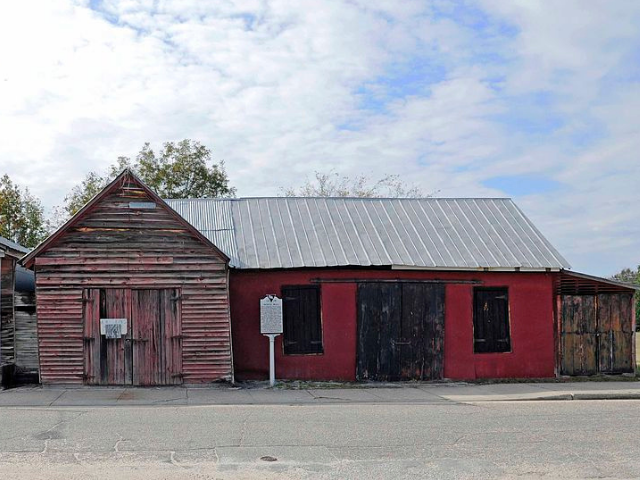
Senns Grist Mill Blacksmith Shop in Summerton, SC (2016, November 25). Wikimedia Commons. Retrieved 13:11, July 24, 2017.
Clarendon County was named for Edward Hyde, Earl of Clarendon (1608/9-1674), one of the Lords Proprietors of Carolina. The county was first established in 1785; in 1800, it became part of the Sumter District but was split from Sumter in 1857. The county seat is Manning. Several Revolutionary War skirmishes took place in this area; at Fort Watson in 1781, British soldiers were driven from a large Indian mound that had been fortified. During the Civil War, Union troops under General Edward Potter moved through the area, burning several plantations. In the 1950s, Clarendon County schools were sued over the issue of racial segregation. The case Briggs v. Elliott was one of several cases that eventually led the U. S. Supreme Court to abolish segregation in 1954. Clarendon County can claim five South Carolina governors, all related: James Burchell Richardson (1770-1836), Richard Irvine Manning (1789-1836), John Peter Richardson (1801-1864), John Laurence Manning(1816-1889), and John Peter Richardson (1831-1899). Children's author Peggy Parish (1927-1988) and tennis player Althea Gibson (1927-2003) are also Clarendon natives.


